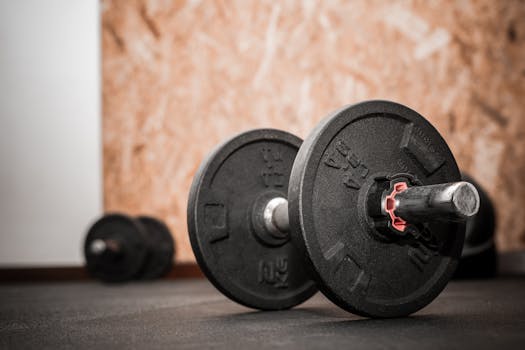
High-Intensity Interval Training for Fat Loss: A Comprehensive Guide
High-Intensity Interval Training (HIIT) for fat loss is a type of workout that involves short periods of high-intensity exercise followed by brief periods of rest. HIIT has gained popularity in recent years due to its effectiveness in burning fat and improving overall health. In this article, we will explore the benefits of HIIT for fat loss and provide a comprehensive guide on how to incorporate it into your workout routine.
What is HIIT?
HIIT involves short bursts of high-intensity exercise, typically lasting between 15-30 seconds, followed by brief periods of rest, typically lasting between 15-60 seconds. This cycle is repeated for a duration of 15-20 minutes, depending on the specific workout routine. HIIT can be applied to various forms of exercise, including running, cycling, swimming, and strength training.
Benefits of HIIT for Fat Loss
HIIT has been shown to be an effective way to burn fat and improve overall health. Some of the benefits of HIIT for fat loss include:
- Increased caloric burn: HIIT has been shown to burn more calories than traditional steady-state cardio exercises.
- Improved insulin sensitivity: HIIT has been shown to improve insulin sensitivity, reducing the risk of developing type 2 diabetes.
- Enhanced cardiovascular health: HIIT has been shown to improve cardiovascular health by increasing heart rate and blood flow.
- Increased muscle mass: HIIT has been shown to increase muscle mass, particularly in the legs and glutes.
- Improved mental health: HIIT has been shown to improve mental health by reducing stress and anxiety.
How to Incorporate HIIT into Your Workout Routine
Incorporating HIIT into your workout routine can be simple and effective. Here are some tips to get you started:
- Start with short intervals: Begin with short intervals of 15-30 seconds and gradually increase the duration as you become more comfortable with the workout.
- Choose a type of exercise: Choose a type of exercise that you enjoy, such as running, cycling, or strength training.
- Warm up and cool down: Always warm up before starting a HIIT workout and cool down afterwards to prevent injury.
- Listen to your body: Listen to your body and rest when needed. HIIT can be intense, so it’s essential to listen to your body and take regular breaks.
Example HIIT Workout Routines
Here are some example HIIT workout routines to get you started:
- Sprints: Sprint for 30 seconds, followed by 30 seconds of rest. Repeat for 15-20 minutes.
- Burpees: Perform 10 burpees in a row, followed by 30 seconds of rest. Repeat for 15-20 minutes.
- Jump squats: Perform 20 jump squats in a row, followed by 30 seconds of rest. Repeat for 15-20 minutes.




